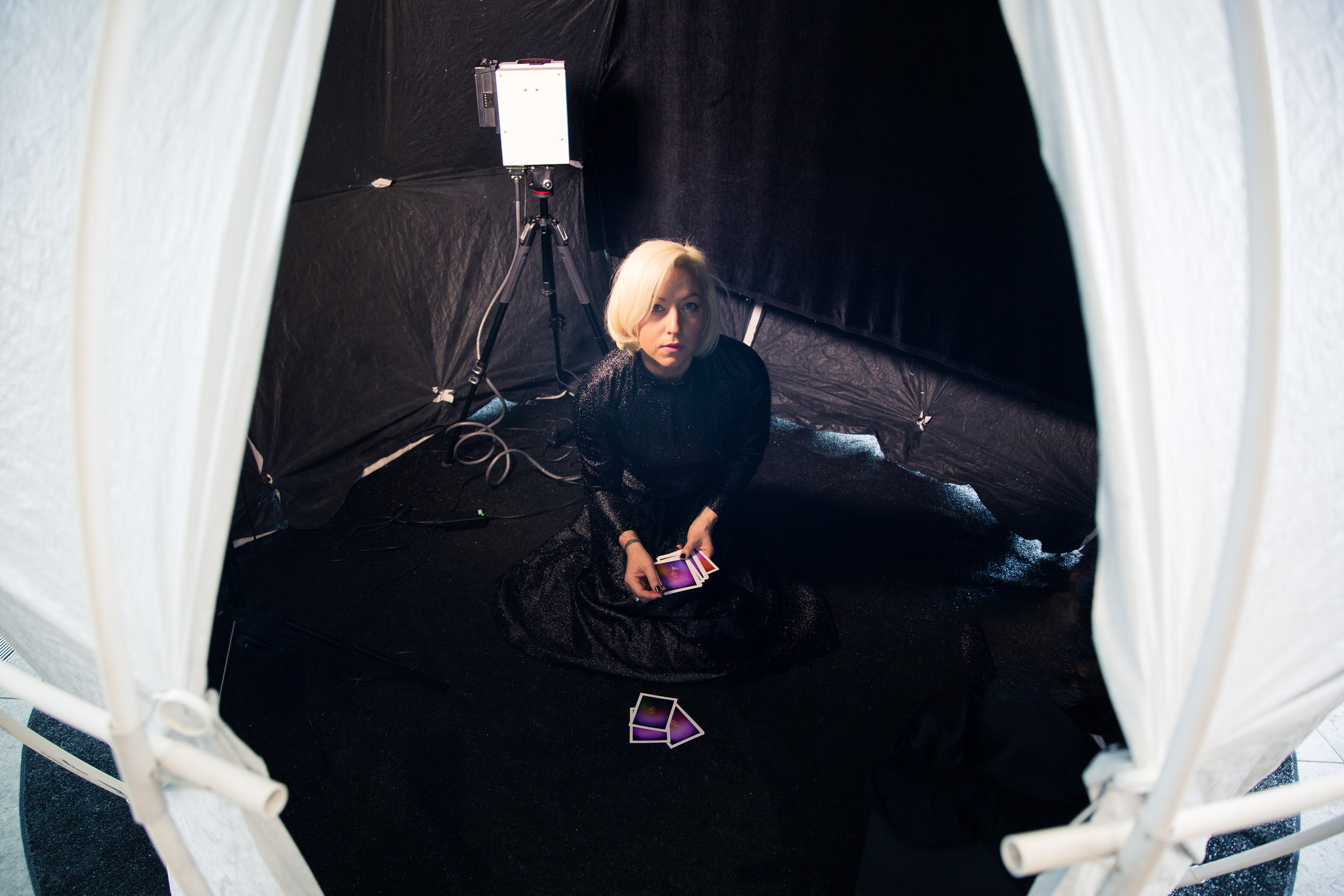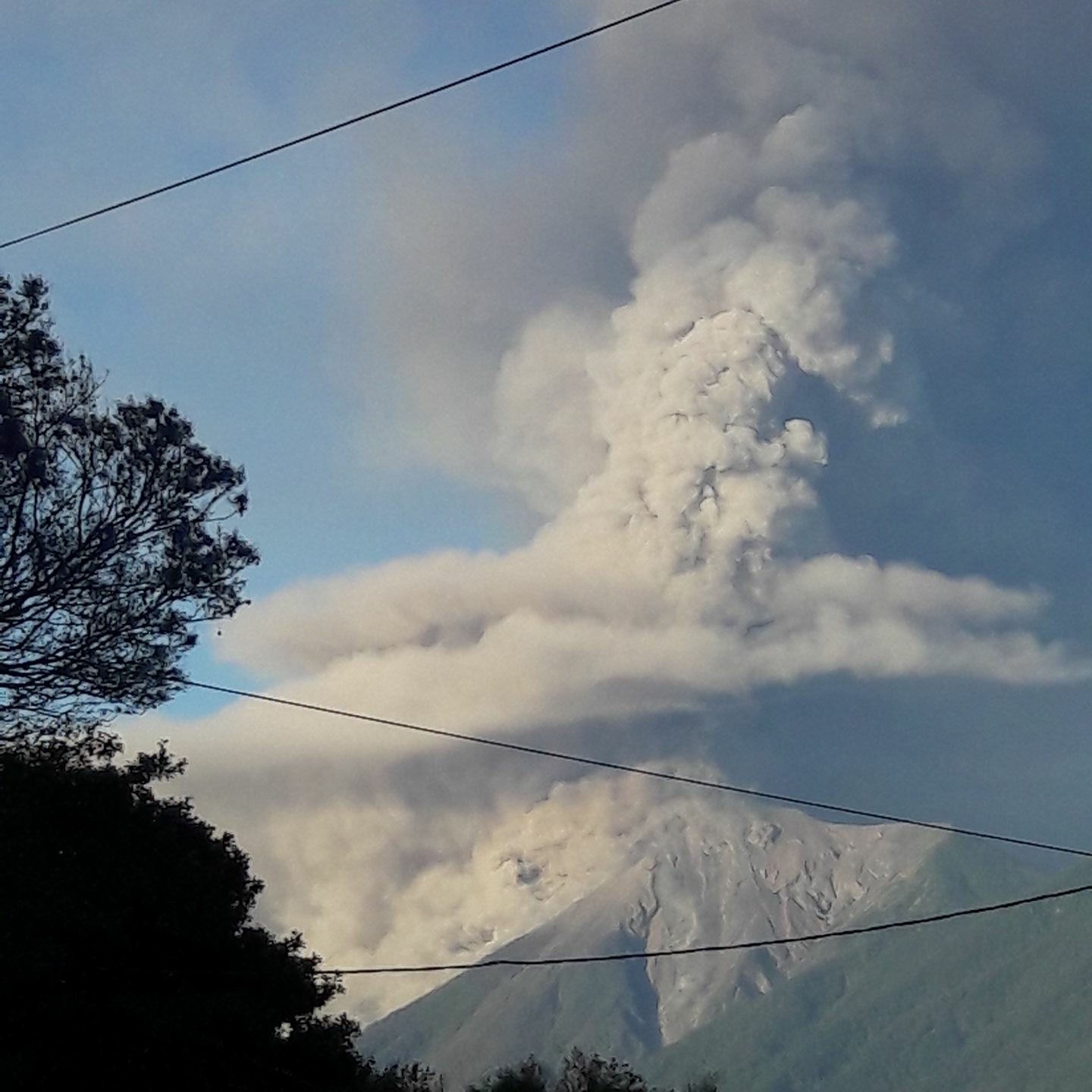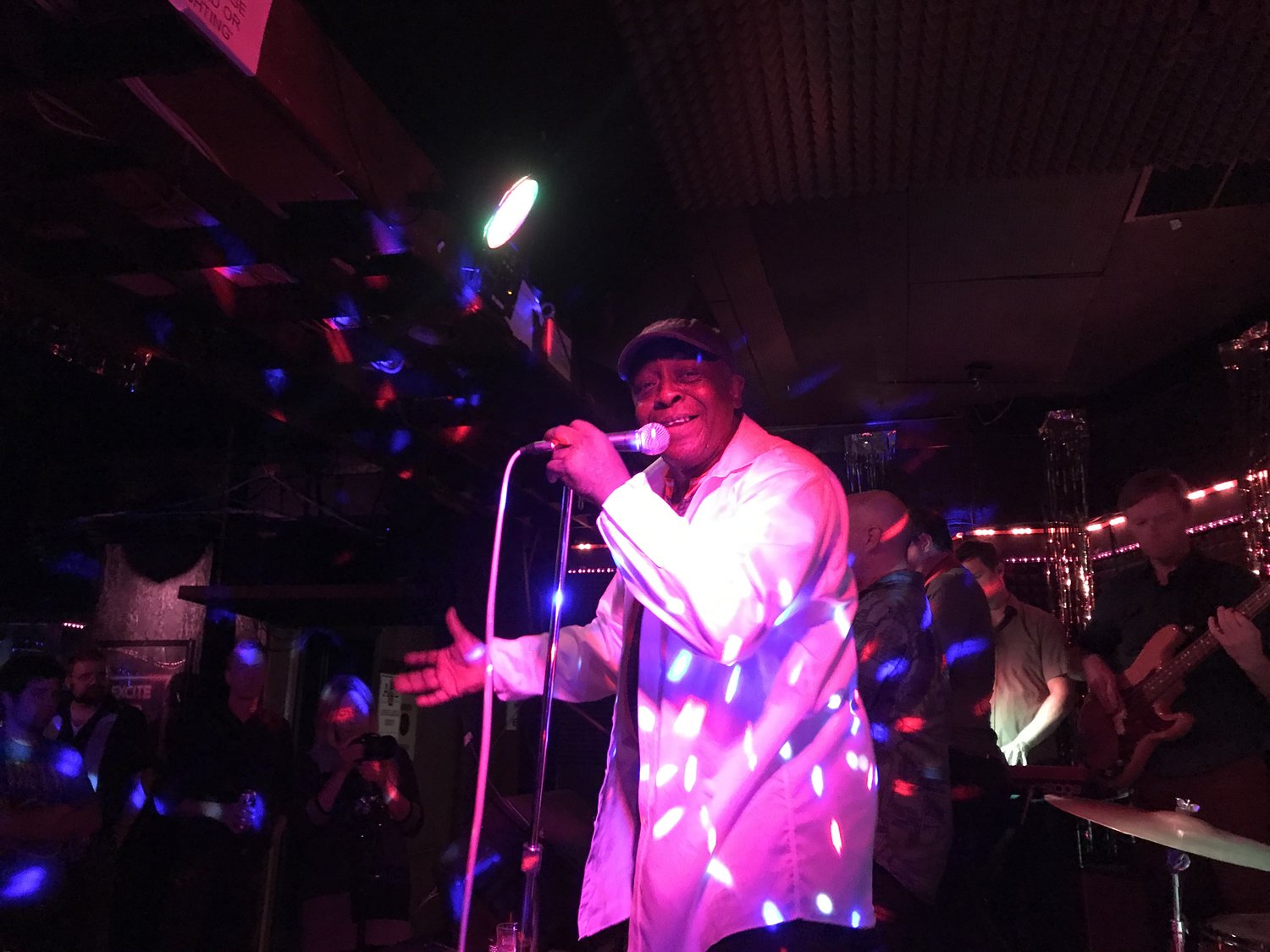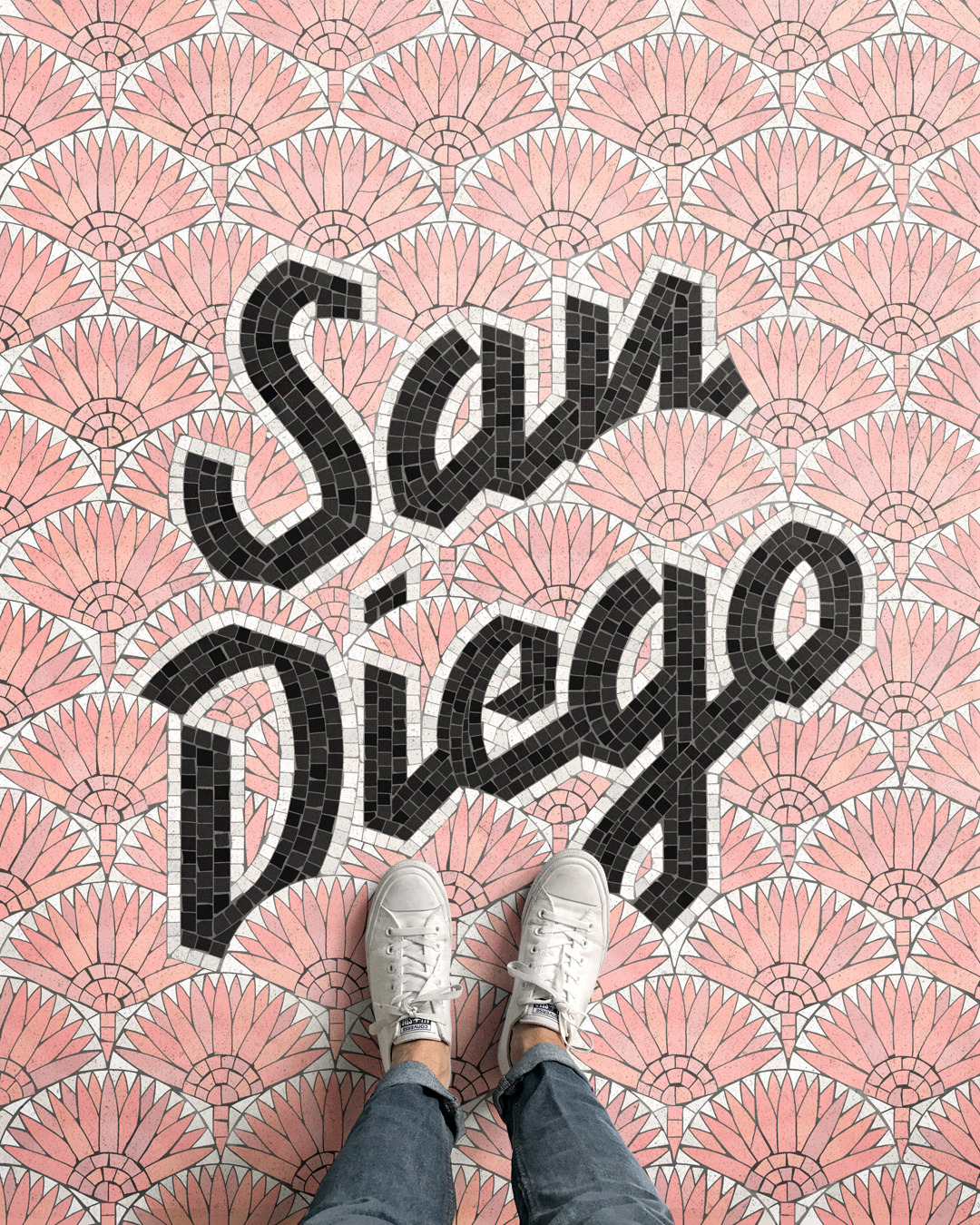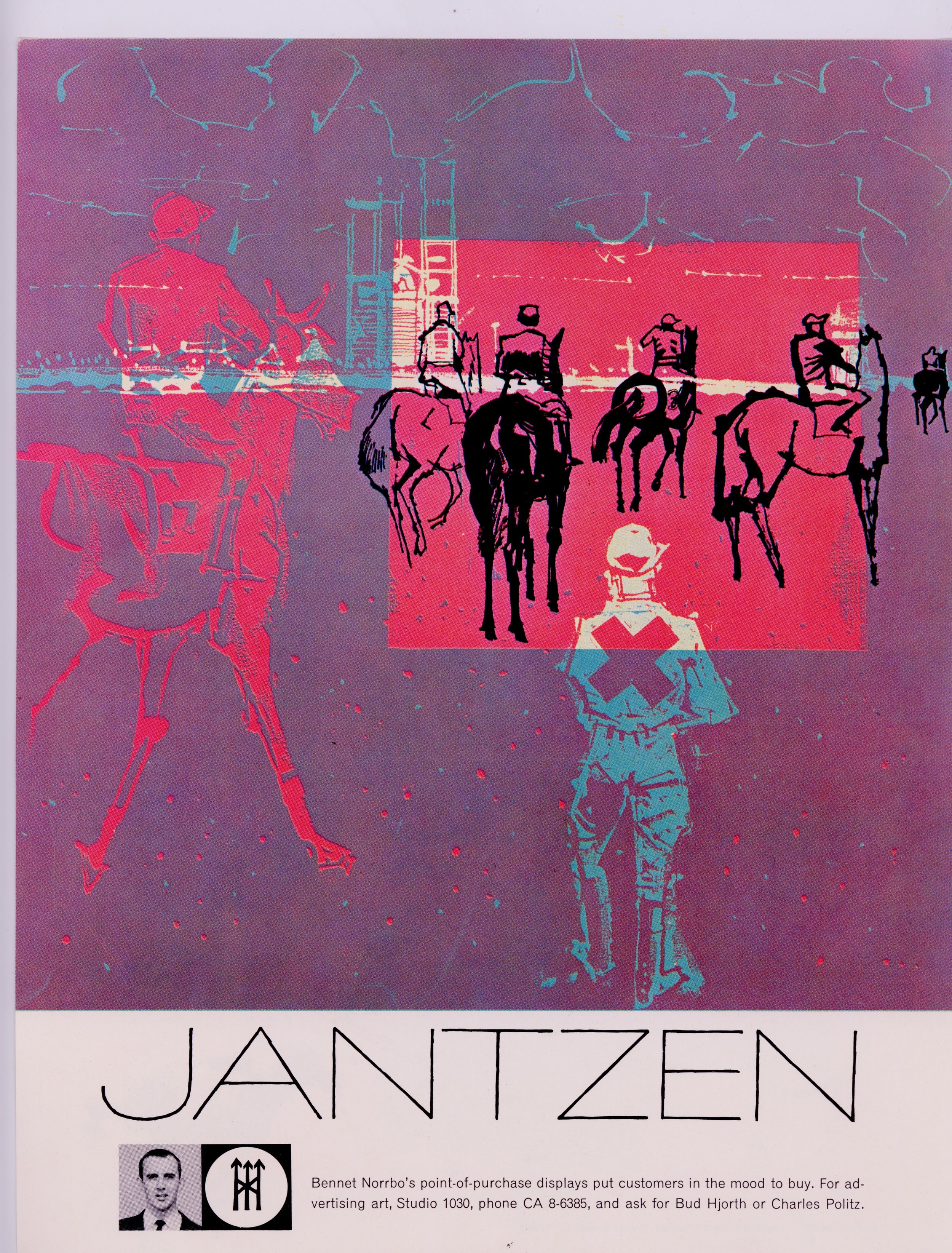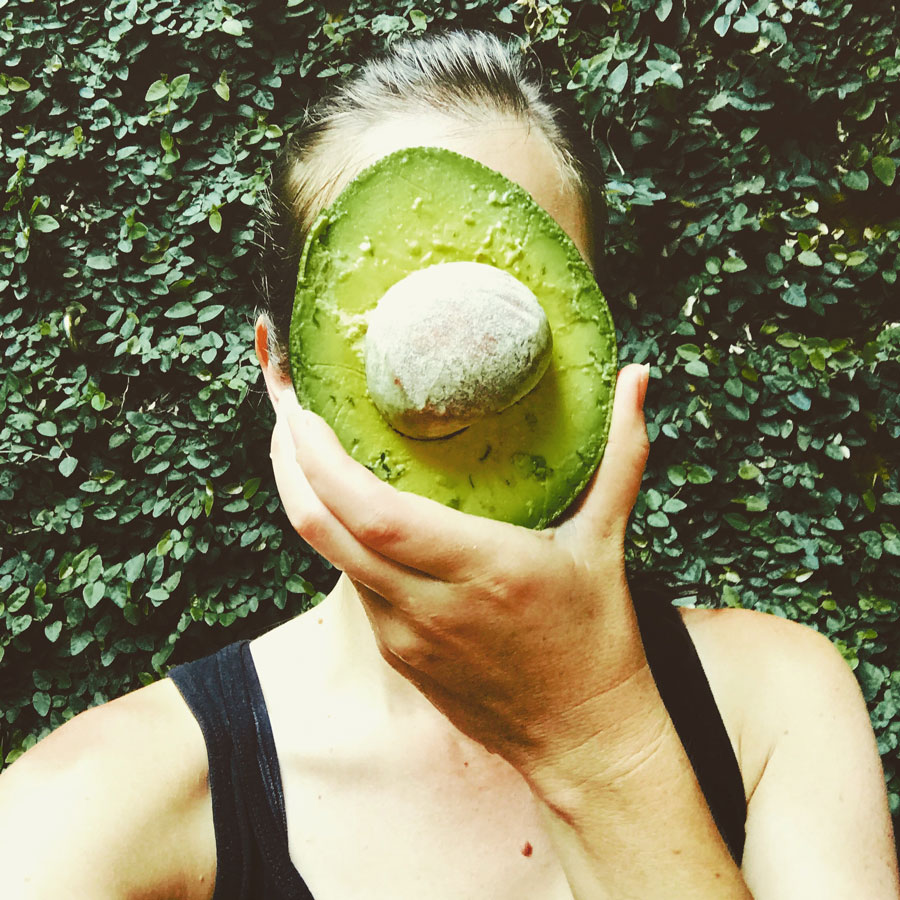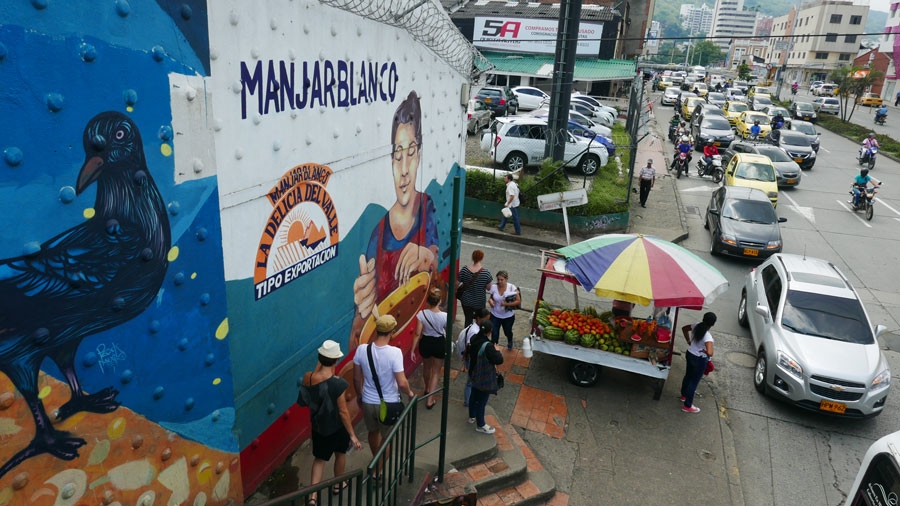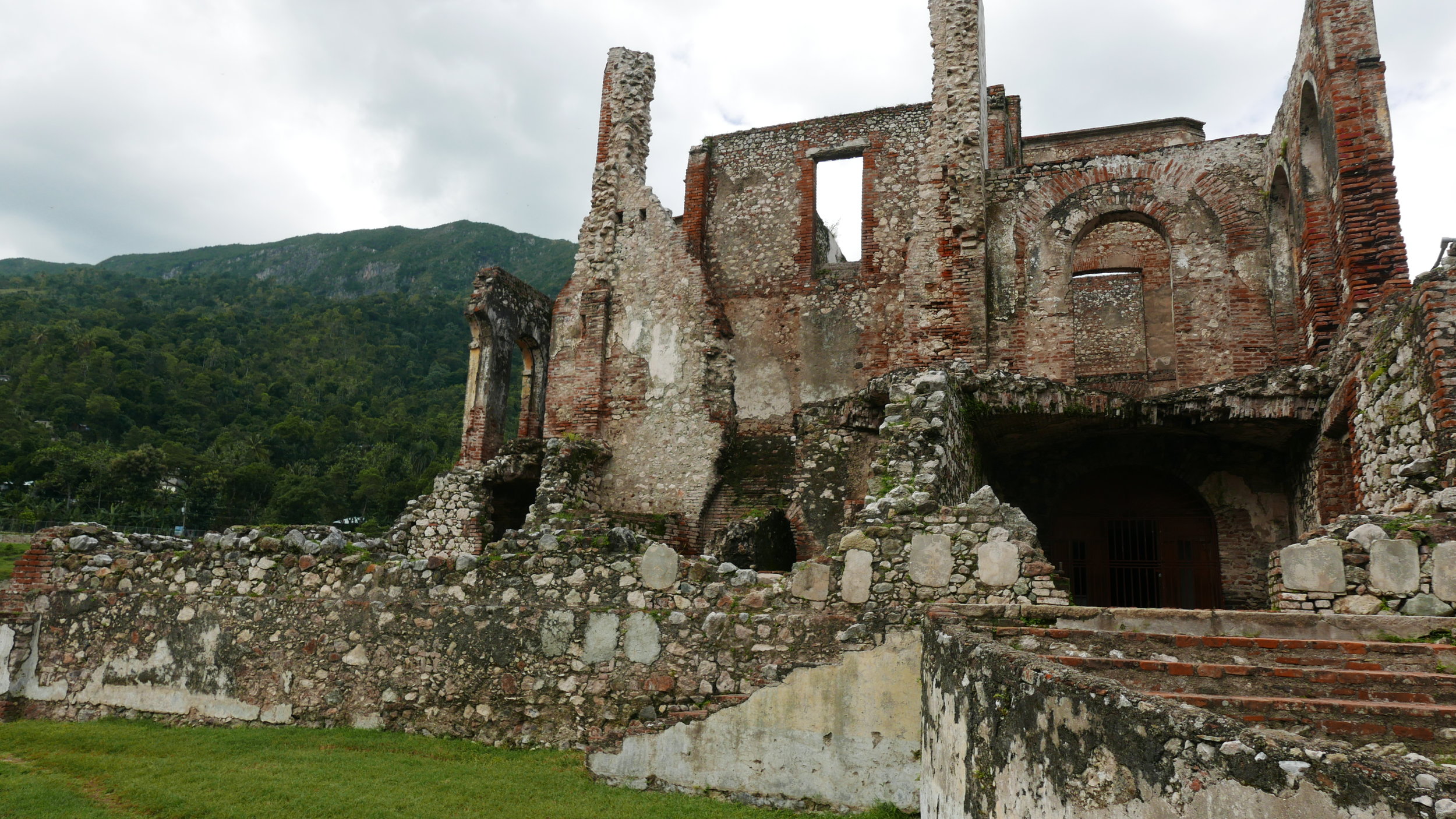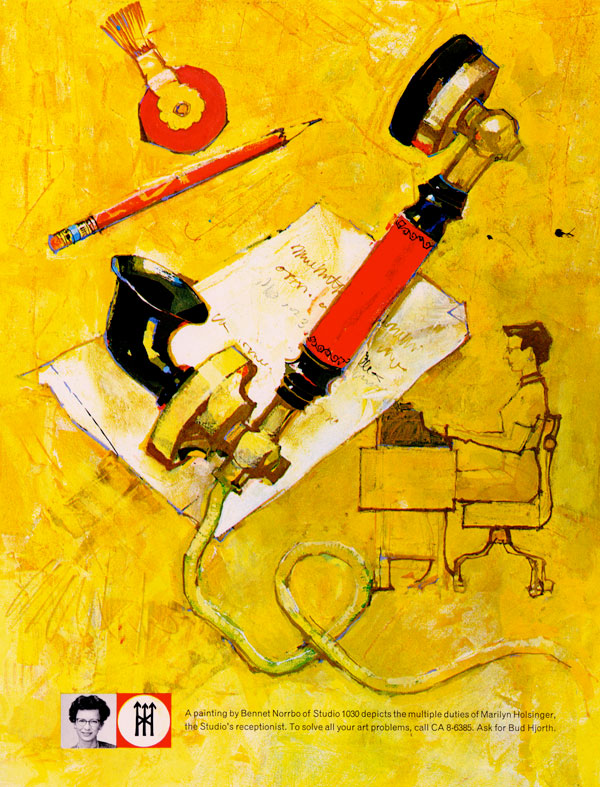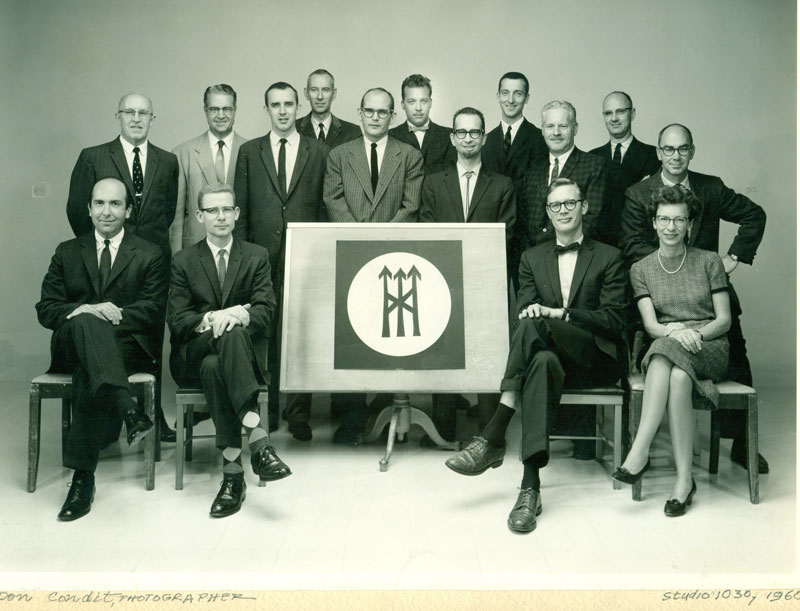Welcome to the 2022 and 2023 Meldel annual report! Apparently, I release these every two years now because of a general dread of the chore. So why submit myself to this torture? Three reasons. First, I need to have a better understanding of how I make and spend money as an independent designer. Spending time swimming in the business side of my business may not be fun, but financial review is a necessary part of successful self-employment. Second, I sincerely hope my trials, tribulations, successes, and failures are relatable and can help motivate others to take on freelancing. I have learned a lot of lessons about running a business the hard way and hope to share that knowledge. Third, I want to challenge the practice of gatekeeping and salary secrecy. It’s true that most of the folks proselytizing pay transparency are advocating for it in a corporate job setting. But for freelancers, the reasons are often the same—a data point that you can share with others to make sure you are in sync with your professional value. Wannabe freelancers can see what kind of income is realistic, and understand how many projects and clients it takes to get there. That said, my experience and method of freelancing is just one way to be. Last year I outlined four freelance styles based on myself and some close colleagues. Whatever path you’re on, it’s invaluable to share openly with others, to compare rates, and find what is just right for you.
Can a museum exist without curation?
How did GM help sell the utopian, technology-ridden “world of tomorrow” in the 1960s? What can the boxes of rejected applications at Ulm School of Design tell us about post-war Germany’s exclusionary practices?
These questions and more were explored at the Design History Society’s “Displaying Design Conference: History, Criticism and Curatorial Discourse” that I attended in Matosinhos, Portugal.
Meldel Annual Report: The COVID years
Community losses and gains
The years 2020 and 2021 blurred together as our communities collectively navigated how to work, gather and connect in ways that mitigated risk. My previous annual report was published in July of 2020 when time seemed to warp. So much was unknown. The nation and my city were alight with protest, an emotional firestorm and, later in the summer, an actual blazing Oregon wildfire.
These were dramatic and tumultuous years, with the economy and our collective optimism waning with every COVID spike. With so much despair about national inaction, I looked locally for hope and inspiration. I looked to the multi-faith leaders coming together to organize for gun reform, to the growth of the Portland Street Response as an alternative to police, to the resurgence of community events relaunching this summer after a two year hiatus. Events that feel more purpose-driven, diverse with a new focus on equity and access. My community is starting to come back, and the joyful gatherings feel like collective healing.
Against this backdrop, I turned 40. I am welcoming all the hallmarks of middle-agedness: feeling out of touch with Gen Z lingo, fighting to stay on top of technology changes, and being reluctant to embrace fashion trends or attend events that start past 8pm. But, I feel more confident in my work than ever. Every year brings new clients, new design challenges, and a growing portfolio that I am proud of. I understand the value my experience brings to my work, and I don’t feel stuck or bored. So onward I go, embracing my middle-aged years, confident in the road ahead.
Here is a year-in-review of my business financials for 2020 and 2021
Vote Arizona
Arizona, my first love! You, my dear, are one of the most important states in which to be a voter!
Not only to you have a lot of untapped people power because of historically lower voter turnout, but this election has you defined as a "swing state", meaning it will be a close race from the top to the bottom of the ballot.
Please, download and share these graphics widely with your networks.
Please include a link to the URL: MY.arizona.vote
If you want the original files, or have any feedback or requests, you can find me at: melissa@meldel.com
Coffee as a Force for Economic Revival in Guatemala (& Other Stories)
Chutinamit, Ancestral Capitol of the Tz’utujil People, Lake Atitlán, Guatemala.
Steep, lush mountains surrounded us all in all directions, their summits unknown as the tops disappeared into the clouds. We drove through miles of terraced coffee farms, interspersed with banana trees. Banana trees offer coffee plants sombra or shade. Shade-grown coffee plants provide environmental benefits in contrast to their unshaded monoculture counterparts. These small-scale, high-altitude, sustainability-focused coffee producers are part of a bold plan for economic revival in Guatemala, and I have travelled here to support them through graphic design.
At the end of a winding dirt road, my client and I arrived for a business meeting at a coffee farm owned by an Indigenous family deep in the heart of the Guatemalan Cuchamantes mountains. From a small brick home, women emerged carrying stacking chairs which were promptly arranged in a semi-circle around my client and me. As their attention focused, I became the object of their curiosity: a tall, white, bug-bite-ridden foreigner who smiled too much.
More curiosity arose when the extraño asked the strangest of questions, “What is the meaning of the colors and symbols on your garments? What plants do you rely on? Tell me more about the birds in your region.” I imagined the Mam (indigenous Mayan) families thinking, “She came all this way just to ask us about our pants?”
Meldel Annual Report 2019
About This Moment…
“We're in a giant speedup just like Charlie Chaplin in Modern Times, if you remember that old classic movie where he's working on an assembly line. It's getting really fast. But so are we. And work doesn't end. You know, we're on all the time.”
~ Sara Horowitz, Founder of the Freelancers Union on freelance anxiety (Unladylike podcast, episode 80, “How to Work the Gig Economy”)
I copied the above quote down on March 10, 2020, while COVID fear was growing, but before the shutdown brought our lives to a screeching halt. Before COVID, a reset, a rest, a societal pause was unimaginable. COVID is the Charlie Chaplin character from Modern Times, getting sucked into the gears and grinding our economy to a standstill. With the gears stopped, COVID dances, mocking the power structures in place around it.
Meldel Annual Report 2018
Pop the champagne! 2018 was a banner year at the world headquarters of Meldel…wait….I owe HOW MUCH in taxes!? Better make that a cheap Prosecco.
As I near my 10-year freelance anniversary, I zoom in to take a closer look at my financial picture including insurance, taxes, income, investments and expenses. My total income begs the question, where does my money go!?!? I’m still happily rocking thrift store clothes, taking the bus, and always scouring free boxes for treasures. My husband and I even vacation on the cheap with our discovery of the Home Exchange network. We live comfortably in our North Portland bungalow, and have enough money for restaurant meals, a Netflix subscription, organic food and the occasional getaway. We’re not in debt, but also not saving enough. We're knee deep in middle-classdom, just keeping pace with our growing expenses and cost of living. I ambition to a be a super savvy, bad-ass boss babe. In actuality, I still have a lot to learn in the realm of financial planning, investing, and prepping for tax season. This report is an effort to wrap my arms around some of these topics.
Let’s dive into the details.
The Second Exposure
Christina Lonsdale of Radiant Human and her geodesic dome have traveled across the globe to give individuals a chance to discover their inner worlds. Her “aura portraits” are actually collaborative art works that explore color, psychology, philosophy, and dabble in the unknown. Unlike the curated social media portrayals of self which we share on the daily, Radiant Human’s portraits are raw, harnessing unseen energy to create an image that informs participants along their path to self(ie) actualization.
Must Include Volcanoes: Designing under pressure as a USAID volunteer in Guatemala
Volcán de Fuego eruption. Feb 1,2018. Photo by Marco Barbi.
“You missed one hell of a show!” I am told again and again by expats and fellow travelers during my first week in Antigua, Guatemala. “On Thursday, the schools closed down and we were on an orange alert,” they inform me. We gaze upon the now peaceful volcanic mountain, one of three that impose themselves upon the Antigua skyline. I had arrived in Guatemala on Feb 4, 2018. The Volcán de Fuego, just 10 miles southwest of the city, had just erupted on February 1, spewing lava down its side and releasing a tower of ash a mile into the sky. Fuego is a stratovolcano, known for being active at a consistent rate. As I settle in for my two week graphic design assignment in Antigua, I wonder what the volcano has in store for the next few weeks.
Twelve Days of Christmas: Trumpified
A Trumpian look at a holiday favorite, just in time for your family sing-a-long. Sung to the tune of Twelve Days of Christmas.
From the Greenwood of Louisiana to Michigan Ave, the Ural Thomas Story
The setting was 1930s Meraux, Lousiana, now a suburb of New Orleans, then a sprawling rural area with cotton fields and swampland. Ural Thomas — age 3 — his mother and a dozen or so of his siblings and neighbors settle down on their front porch at sundown.
“The porch was like our TV, that’s where all the stories were told.” Thomas relates before launching into one such story with a sly grin on his face. “The Greenwood [song was derived] from a story my Mom would tell about experiences from when she was a little girl. The Greenwood was a place that was too wild, where you weren’t allowed to go. Once, my grandfather went into the Greenwood to go hunting, he was gone 3 or 4 days. He hadn’t found anything. He sat on a log to rest and eat, and took his knife out and a block of cheese. He cut off a piece of cheese and he took his knife and he stuck in the log. He ate his lunch and then he pulled the knife out of the log and blood came out. He saw the blood running and he said, “Damn, I never seen no tree bleed.” He followed the tree to it’s end and it turned out to a great big snake, turning with his mouth open. My grandpa was so scared he threw down his rifle and he went running!” Ural clasps his hands as he laughs at the thought.
An Interview with Nick Misani — Type, Style, and Freelancing
“It’s my first real day of full-time freelance,” Nick Misani says with nervous excitement. I congratulate Nick on getting out of pajamas on day one. “Well, half out of pajamas,” he admits. “I’m still just coming to terms with being accountable for my time and staying on schedule.” Nick is fresh from a three year stint working at Louise Fili Ltd, and before that, Penguin Random House. His book design, lettering and packaging design work is varied and strongly references historical design movements, which he says Louise helped impart. An Italian American, Nick was born in Italy, studied in Japan, and finally found his way to New York City and to graphic design.
My interview with Nick covers the winding path of this Young Gun’s career, his inspiration, thoughts on having a style and his hopes and fears for the future of his career.
Portland Design in the 1960s: Suits. Cocktails. Talent.
Promo sheet for Bennet Norrbo, showcasing his work for Jantzen.
The 1960s design scene in Portland had elements that may seem familiar to designers today: passionate creatives, a small community, and a collaborative work ethic. Out of this creative pool emerged Byron Ferris, Bennet Norrbo, and Charles Politz, three men whose careers overlapped, who influenced each other and yet left their mark in distinctly different ways.
Charles, Bennet and Byron worked to develop some of Portland’s biggest brands, like Jantzen and Pendleton, defining the city’s stake in outdoor and athletic wear. As mythologized in Mad Men, the “Golden Age of Advertising” claims New York City as its epicenter. But even in Portland, advertising was changing and practitioners were defining their craft. While Portland’s ad men may have had a few things in common with their fictionalized NYC counterparts, their differences are more stark.
On Assignment in Colombia
“Aguacate…Aguacate!” A street vendor’s voice rang out, echoing down the winding colonial streets of Barrio San Antonio in Cali, Colombia. Every morning the vendor would wheel his cart overflowing with avocados as large as your face down the streets. You buy avocados in Colombia they way your buy a baguette in France, direct from a vendor and fresh, daily. Paired with salt and lime they were my go-to snack in Colombia, though they were filling enough to be a meal. Colombia is dripping with an abundance of fruit. Mango and lime trees are at every turn with excess fruit spilling on to the sidewalk and filling the shelves of every tienda.
Let’s Talk About Money
In America it’s a rather taboo topic. As an independent designer for over 7 years, I often don’t have a good grasp of what my career looks like from a monetary perspective (leading to the yearly tax season surprise!). Without understanding and managing expectations about money, it’s hard to have a firm grasp on what a freelance career looks like. I put together this annual report in order to gain a better understanding about the way time and money breakdown, as well as to create a conversation with other independent creatives. Being self-employed, like running any business, is about embracing the ups and downs, the good and bad. At the end of the day, it is my choice to remain independent despite the wild ride.
Finding Light in Haiti
“Beyond the mountains, more mountains” Our guide, Eddie, gestures broadly to the horizon. “That’s a Haitian proverb. It reminds you not to think you are that important; there is always someone greater than you.” Looking out at the mountainous landscape surrounding the ruins of the Citadel of Henri Christophe, I find myself wondering about other interpretations. The land here is beautiful, lush and tropical. The mountains jagged in every direction until the land hits the sea, the Northern Coast of Haiti. Eddie points to where Columbus’s Santa María ran aground, the point of colonization.
The Citadel and nearby ruined palace of Sans-Souci represent the lost dream of the Haitian king (and former slave), Henri Christophe. Christophe, together with Jean-Jacques Dessalines, launched the world’s first successful slave rebellion, dramatically overthrowing the French — who were outnumbered by a factor of more than ten.
A Young Lion of Design: The Story of Tom Lincoln
1967 Pendleton ad with Cheryl Tiegs on right
“I had a crush on the Jantzen smile girl, Dolores Hawkins,” relates Tom Lincoln with a grin. “One of my first assignments was for Pendleton, to help direct the photography for an ad in front of Robinson’s Department Store in Los Angeles,” Tom recalled. “In the ad, we were using a lamb as a part of the wool story. The photographer brought models from New York City. One of the models was Cheryl Tiegs, who went on to become the most photographed in the world.”
Marilyn Holsinger: A Woman Before Her Time
Marvelous Marilyn. That’s what they called her at Portland’s influential freelancers collective, Studio 1030, where Marilyn Holsinger was the group’s only woman artist in 1960. Marilyn was marvelous by all accounts, but also a serious career woman. She held 11 design positions across 40 years and three states. She worked for ad agencies, newspapers and universities. Her clients included: Meier & Frank, Viewmaster, Revlon, the San Francisco Examiner, Oregon State University (OSU) and countless others. The references on her resume are a list of who’s who in the Portland design scene of that era. She was exuberant and stylish, athletic and a natural leader. She was cracking the glass ceiling just by showing up and doing her best work with grace. “I don’t remember her feeling like what she was doing was groundbreaking,” reflects her daughter Joan. “If anything she was just a woman before her time.”
Byron Ferris: Portland's Dean of Design
1962 Staff of the Museum Art School (now PNCA). Byron in center in front of statue.
If a council were formed to determine a list of the “Founding Fathers” of the Portland design community, Byron Ferris’s name would have to be near the top of that list. Sure, there were others who grew to be big-wigs in advertising, but you’d be hard pressed to find someone as talented, influential and well-loved as Byron.
Born in Portland in 1921, Byron’s creativity and organizational skills developed early; he drew his first cartoons for his classmates and for money at age nine. While attending Jefferson High School, class of 1939, he formed the Korny Kartoon Klub with fellow schoolmates which kicked off a lifetime of writing, entertaining, drawing and telling “korny” jokes. For Byron Ferris, who later be known as Portland’s “Dean of Design”, humor was always critical.
How to Sell Yourself as a Designer in Portland
Congratulations! You moved to Portland to start your career as a graphic designer. You’ve just joined the ranks of the young, gifted and under-employed. Before you thrown in your organic cotton towel and head to the barista stand, try these foolproof tips to achieving creative success in the weirdest city in America.
Forget all the portfolio rules and marketing guidelines you learned at that Midwestern state school. In Portland, we do things differently. We value the obscure, the weird, the artisan, and the independent. So ditch that insurance brochure from your portfolio and re-vamp your image Portland-style.
Design a Hipster Logo
You pretty much have to do this first thing. Stop what you are doing right now, get out your protractor and get to work on a hipster logo. Portlanders LOVE those all-black logos that are rough around the edges with rugged type and text on a curve. Your logo should be contained in a seal shape or oriented around an “x”. Stuck? Visit any number of artisan coffee shops for inspiration.







